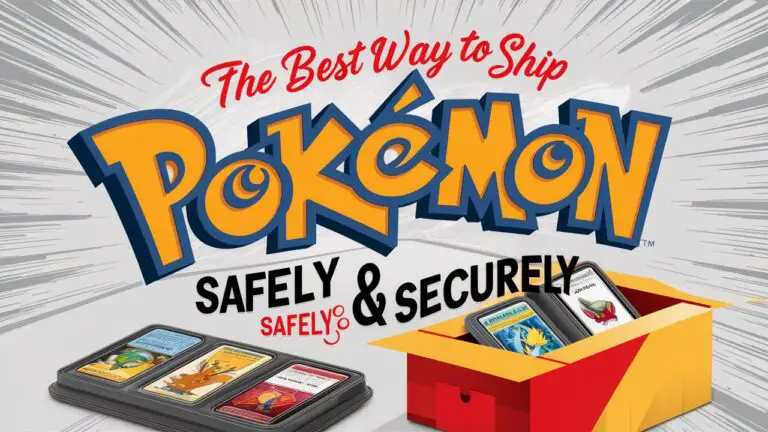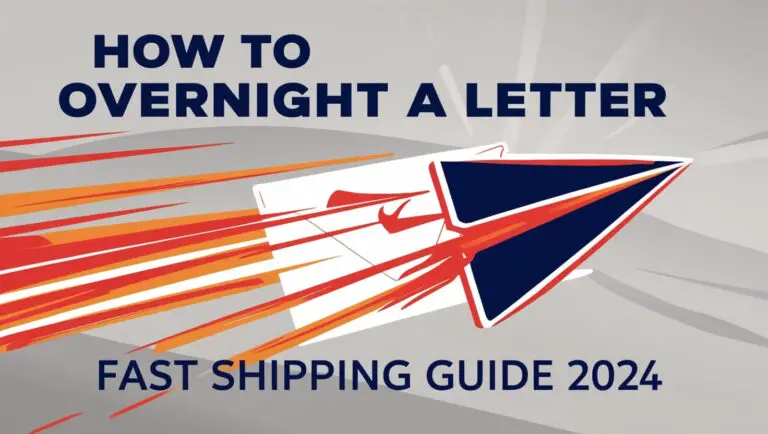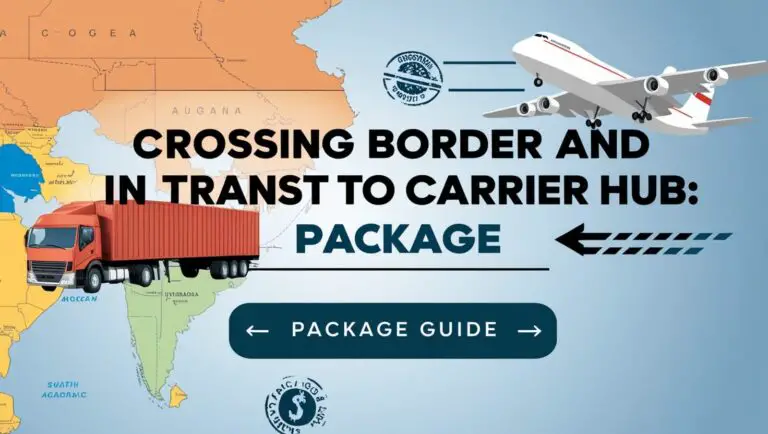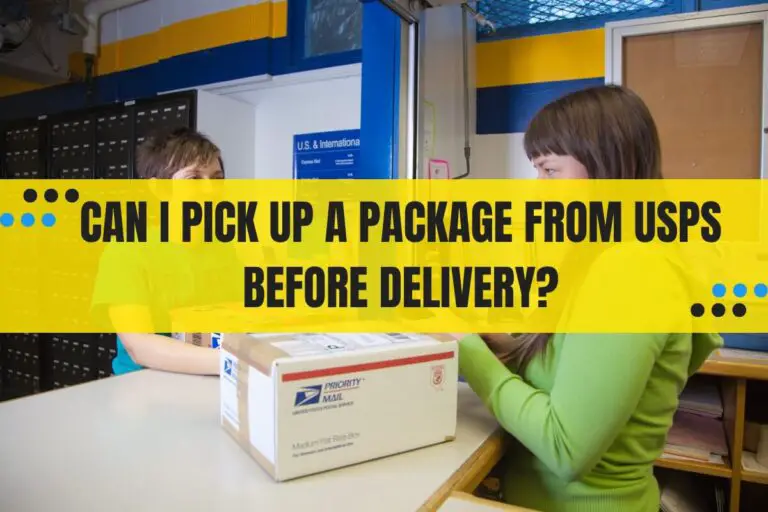What Does “Shipment Transiting to Next Station” Mean for SF Express Packages?
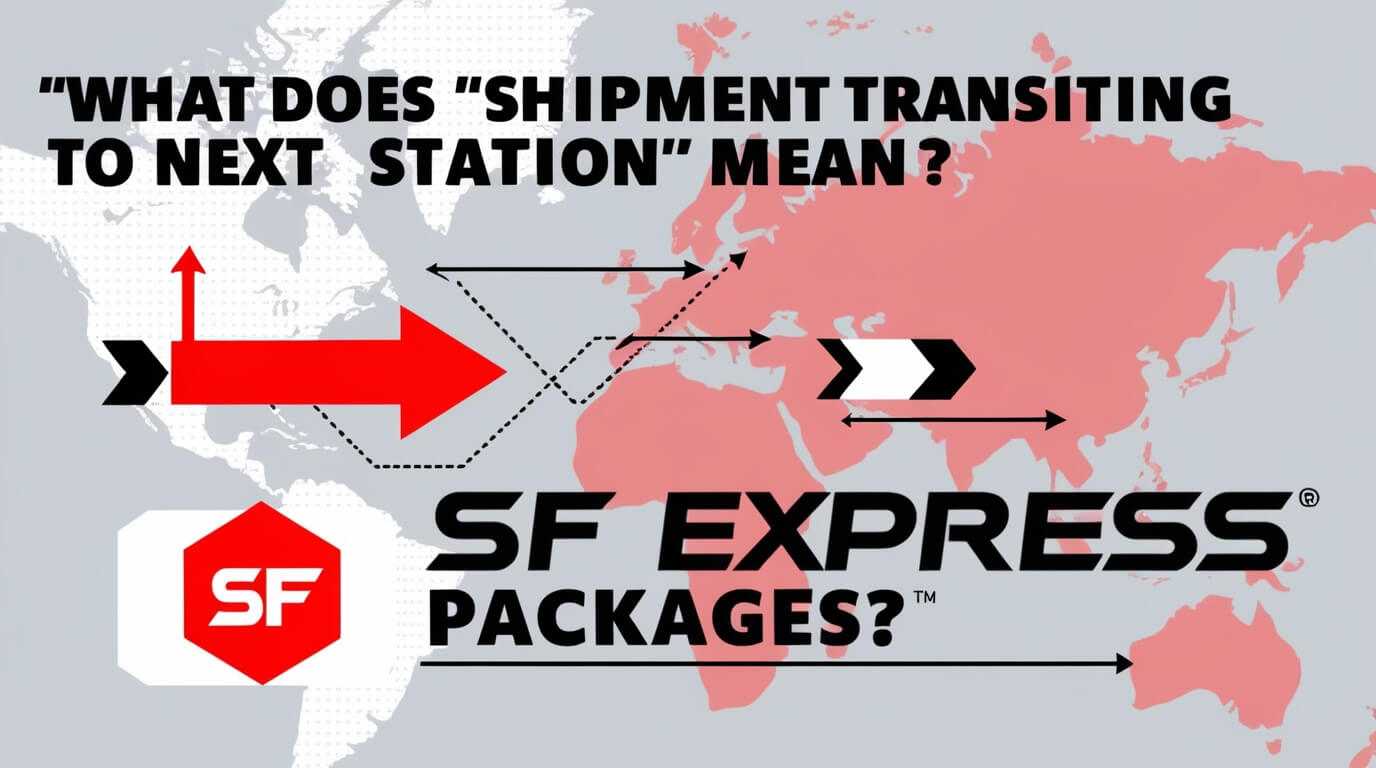
When tracking your SF Express package, you might come across the status “Shipment transiting to next station.” This means your package is actively moving through SF Express’s logistics network, heading to the next processing facility on its journey to you. It’s a positive update, indicating your parcel is making progress towards its final destination.
In this comprehensive guide, we’ll explore the ins and outs of SF Express shipping, decode tracking statuses, and provide you with all the information you need to understand your package’s journey.
SF Express Shipping Process
Overview of SF Express
SF Express, founded in 1993 in Shunde, Guangdong Province, has grown into a leading logistics company in China. They’ve built a reputation for reliability and efficiency, both domestically and internationally.
SF Express operates:
- A fleet of 36 cargo aircraft
- About 15,000 vehicles
- Numerous distribution centers across China and globally
This extensive network allows them to handle millions of packages daily, ensuring swift and secure deliveries.
The Journey of Your Package
When you ship with SF Express, your package embarks on an exciting journey:
- Collection: SF Express picks up your package from the sender.
- Initial processing: The package is sorted and prepared for transit.
- Transportation: Your parcel moves between various facilities via truck, plane, or ship.
- Customs clearance: For international shipments, packages go through necessary customs procedures.
- Final delivery: The package reaches its destination and is delivered to you.
Throughout this journey, your package will transit through several stations, each moving it closer to you.
Decoding “Shipment Transiting to Next Station”
What This Status Actually Means
The “Shipment transiting to next station” status is SF Express’s way of telling you your package is on the move. It’s been processed at one facility and is now en route to another.
This status update is crucial because it:
- Confirms your package hasn’t been lost or forgotten
- Shows progress in your shipment’s journey
- Helps you estimate when your package might arrive
Why Packages Transit Between Stations
SF Express uses a hub-and-spoke model for efficient package handling. Here’s why your package needs to transit between stations:
- Sorting: Packages are grouped based on their destinations.
- Consolidation: Multiple packages heading in the same direction are combined.
- Transfer to appropriate transport: Packages move to trucks, planes, or ships as needed.
- Regional distribution: Items are sent to local centers for final delivery.
This system ensures your package takes the most efficient route to reach you.
SF Express Package Tracking System
How to Track Your SF Express Package
Tracking your SF Express package is straightforward:
- Visit the SF Express website or use their mobile app.
- Enter your tracking number in the designated field.
- Click “Track” to see your package’s current status and journey history.
Pro tip: Save your tracking number somewhere easily accessible, like your notes app or email inbox.
Common Tracking Statuses Explained
Besides “Shipment transiting to next station,” you might see these statuses:
- “Package information received”: SF Express has your shipping details but hasn’t picked up the package yet.
- “Picked up”: SF Express has collected your package from the sender.
- “Arrived at sorting center”: Your package is at a facility for processing.
- “Customs clearance completed”: For international shipments, your package has passed customs checks.
- “Out for delivery”: Your package is on its final journey to you.
Understanding these statuses helps you better track your package’s progress.
Factors Affecting Transit Time
Domestic vs. International Shipments
Domestic shipments within China typically move faster than international ones. Here’s why:
- Fewer checkpoints and transfers
- No customs procedures
- Smaller geographical area to cover
International shipments face additional challenges:
- Multiple modes of transportation (air, sea, land)
- Customs inspections and paperwork
- Potential language barriers and time zone differences
Impact of Package Size and Weight
Your package’s size and weight play a crucial role in its transit time:
- Smaller, lighter packages often move quicker through the system.
- Oversized or heavy items might require special handling, potentially causing delays.
- Some transport methods have weight restrictions, affecting routing options.
Customs and Regulatory Considerations
For international shipments, customs procedures can significantly impact transit times:
- Different countries have varying import regulations.
- Certain items may require additional documentation or inspections.
- Customs delays can occur due to high volume or staffing issues.
To minimize customs-related delays:
- Ensure all necessary paperwork is complete and accurate.
- Be aware of prohibited items for your destination country.
- Consider using SF Express’s customs clearance services for complex shipments.
SF Express Delivery Timeframes
Estimated Delivery Times for Different Regions
SF Express offers varying delivery timeframes depending on the destination:
- Within mainland China: 1-3 business days
- To Hong Kong, Macau, Taiwan: 2-4 business days
- To Southeast Asian countries: 3-5 business days
- To North America and Europe: 5-7 business days
- To other international destinations: 7-10 business days
Remember, these are estimates. Actual delivery times may vary based on factors we’ve discussed earlier.
Express vs. Standard Shipping Options
SF Express provides different service levels to meet various needs:
- SF Standard Express: Balanced option for routine shipments
- SF Economy Express: Cost-effective for less time-sensitive items
- SF Premium Express: Fastest option for urgent deliveries
Choosing the right service level can affect how quickly your package transits between stations and reaches its final destination.
What Happens After “Transiting to Next Station”?
Subsequent Tracking Statuses
After your package transits to the next station, you might see these updates:
- “Arrived at [location] sorting center”
- “Departed from [location] sorting center”
- “Arrived at destination country/city”
- “Out for delivery”
Each status brings your package one step closer to you.
Preparing for Package Arrival
As your package nears its destination:
- Keep an eye on tracking updates for estimated delivery dates.
- Ensure someone’s available to receive the package, if required.
- Have your ID ready if signature confirmation is needed.
Being prepared helps ensure a smooth final delivery process.
Troubleshooting Transit Issues
Common Reasons for Delays
Sometimes, packages may spend longer than expected “transiting to next station.” Possible reasons include:
- Weather conditions affecting transportation
- High shipping volumes during peak seasons
- Technical issues at sorting facilities
- Customs holds for international shipments
Most delays are temporary and resolve on their own.
What to Do If Your Package Is Stuck
If your package seems stuck in transit:
- Double-check the tracking number for accuracy.
- Allow 24-48 hours for potential system updates.
- Contact SF Express customer service for assistance.
- For international shipments, consider reaching out to customs.
Remember, patience is key. Most packages arrive safely, even if they face minor delays.
SF Express Partnerships and Last-Mile Delivery
Collaboration with Local Couriers
SF Express often partners with local delivery services for international shipments:
- In the US, they might use UPS or USPS for final delivery.
- European countries may see packages handed off to national postal services.
- This collaboration ensures efficient last-mile delivery in unfamiliar territories.
Delivery Process in Different Countries
The final delivery process can vary by country:
- Some regions offer doorstep delivery as standard.
- Others might require pickup from a local post office or locker.
- Delivery hours can differ: US deliveries might run until 9 PM, while other countries stop earlier.
Understanding these differences helps set realistic expectations for your package’s arrival.
Wrapping Up: The Journey of Your SF Express Package
When you see “Shipment transiting to next station” for your SF Express package, it’s a positive sign. Your parcel is actively moving through a sophisticated logistics network, making its way to you step by step.
By understanding the shipping process, tracking statuses, and factors affecting delivery times, you can better anticipate your package’s arrival. Remember, each transit to a new station brings your package closer to its final destination – your doorstep.
Whether you’re eagerly awaiting a domestic delivery or tracking an international shipment, SF Express works tirelessly to ensure your package’s safe and timely arrival. So the next time you see that transit update, smile knowing your package is one station closer to you!



